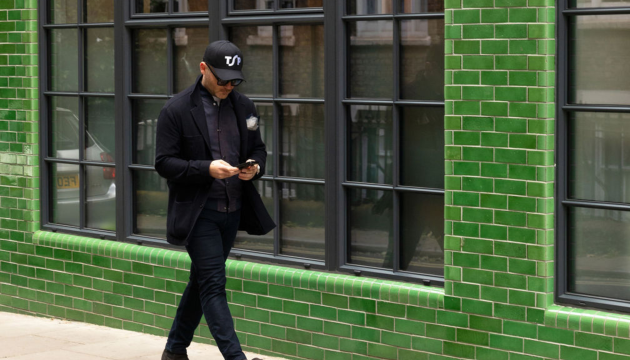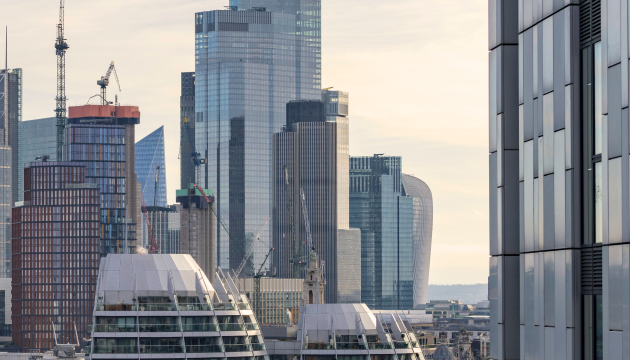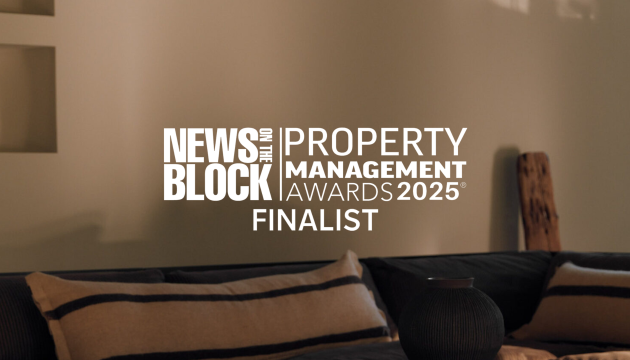Hybrid working has ushered in a new era for real estate portfolios.
The future of work will be a fine balance between employee flexibility and business necessity – a fresh mix of distributed, dynamic workspaces.
Let’s take a look at four emerging assets.
The Mega-Campus
These juggernaut HQs will be like small towns in their own right.
KGX1, Google’s new King’s Cross campus, is due to be completed in 2024.
1 million sq. ft., 11-storeys, their first wholly owned and designed building outside of the US.
It will accommodate 4,500 employees, feature a gym and pool, multi-use games area, landscaped terraces, retail outlets, Events Centre, and its own Town Halls.
Mega-campuses fuel a culture of entrepreneurship and vibrancy, a resource not just for employees, but local community too.
The Local Office
Rooted in its neighbourhood, attracting community, enabling employees to make the most of the city.
An immersive, familiar, and friendly experience – the local office builds an authentic company culture that contributes to its surrounding ecosystem.
Partnering with nearby coffee shops and eateries contribute to placemaking; daily interactions with the barista who knows the customer’s order draws them back.
As recent LinkedIn study reveals, “Head of Belonging” charts the top of new work titles: the local office answers this demand – fulfilling what WFH cannot.
The Third Space
In today’s competitive market, strategic approaches to elevate employee experience are required. This means incorporating “the third space” – built-in, hospitality-level amenity.
Transformational spaces can be created through food & beverage or wellness offerings.
Discover 7 trailblazing examples.
Outdoor Space
As humans, we have not evolved to spend 90% of our lives indoors – but we now do.
In perspective: if the whole of human existence was 1 day, we have been living sheltered city lives for 14 minutes.
The benefits of outdoor space and fresh air are now clearer than ever. Relaxing, inspiring, socialising.
Rooftop terraces, balconies, and communal gardens are key.
Global research by JLL reveals that 41% of employees put outdoor spaces in their top three expectations of a wellbeing-oriented workplace.
Conclusion
Our future placemaking must do a better job of serving our human needs.
People are seeking a sense of community, belonging, inspiration, and enjoyment in a “connected office” rather than being constrained by four walls.
It is time to step back and reimagine what the workplace can be, embracing and developing progressive human spaces.
Featured Stories & Insights
 17th November 25
17th November 25
Lessons Learnt from 2025 | by Zac Goodman
The market shifted (again), expectations changed (again), and the way people use space evolved in...
Read More 10th November 25
10th November 25
From Vauxhall to Value: How Aldgate Became London’s Charity Heartland
TSP’s Jonathan shares his perspective on why Aldgate has become the go-to destination for London’s...
Read More 30th October 25
30th October 25
Five Commercial Property Trends for 2026
As 2025 comes to a close, the UK commercial property market has been shaped by...
Read More 13th October 25
13th October 25
TSP Named Finalist at the 2025 Property Management Awards
LONDON, 13th October 2025 – TSP has been shortlisted for Boutique Property Management Company of...
Read More 1st October 25
1st October 25
Greener Offices for Charities
Sustainability has moved from being a “nice to have” to an essential requirement for charities,...
Read More 29th September 25
29th September 25
Community in The Office: Why does it matter?
The Spaces to Places: Voice of the Customer 2025 report makes one thing clear: people...
Read MoreView all